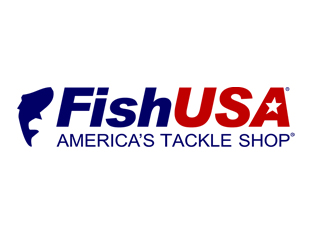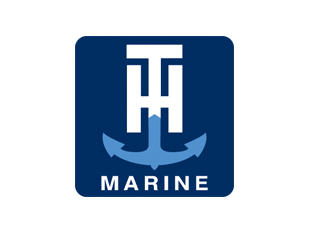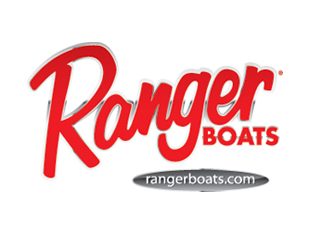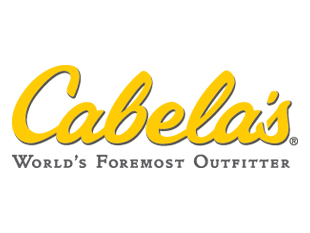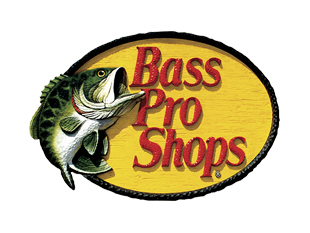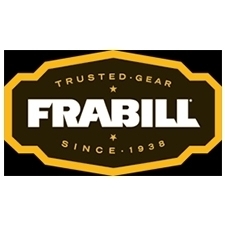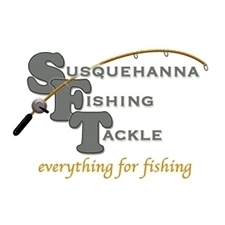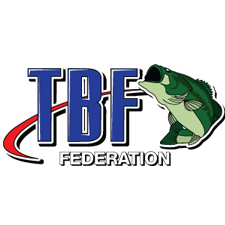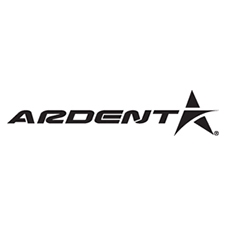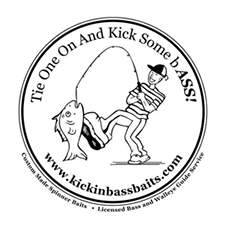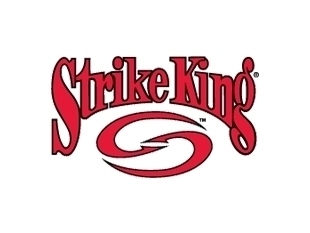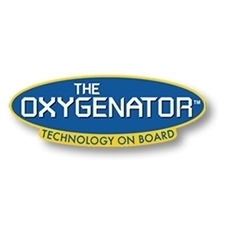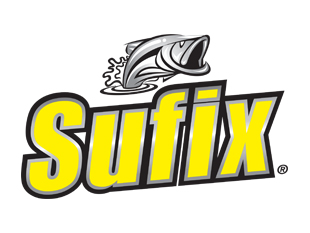Oct 07
District 14 TBF National Championship Semi-Final Day 1
| ANGLER | FISH | WEIGHT | |
| ANDREW SHUFELT | ON | 5 | 24.56 |
| CHARLES SIMM | ON | 5 | 24.22 |
| JOHN SCHOENER | PA | 5 | 23.25 |
| CHRIS GORE | NY | 5 | 18.24 |
| TODD TIMLECK | ON | 5 | 18.13 |
| BRIAN SANSON | NY | 5 | 17.47 |
| JACK SZENTMIKLOSI | PA | 5 | 16.51 |
| SEBASTIEN DEROY | ON | 5 | 15.38 |
| JEFF TURNER | ON | 5 | 14.99 |
| RANDY SHIRK | PA | 4 | 14.39 |
| GIANCARLO OTTOLINO | ON | 3 | 14.26 |
| NICK VALLA | ON | 4 | 14.07 |
| RICHARD WITUSHYNSKY | PA | 5 | 14.05 |
| JOE PACHOLEC SR. | PA | 4 | 13.37 |
| SHAWN RICHARD | PA | 5 | 13.34 |
| MATT PEZZETTA | ON | 5 | 13.20 |
| TIM MACKNAIR | PA | 5 | 13.15 |
| JOE CULVER | PA | 5 | 11.93 |
| JOSH SHEETS | PA | 4 | 11.87 |
| GEORGE YUND | NY | 5 | 11.65 |
| MAURICE HUDSON JR | PA | 5 | 11.06 |
| DEREK HORNER | PA | 4 | 9.58 |
| MATT WHITE | PA | 5 | 9.31 |
| DARYL STANKEWICH | PA | 5 | 9.18 |
| RUSSELL WATKINS | ON | 5 | 8.92 |
| SEAN MCLAUGHLIN | ON | 2 | 8.67 |
| JEFF MANROSS | PA | 5 | 8.44 |
| DONALD DICK | PA | 2 | 7.26 |
| JOE RODRIGUES | ON | 2 | 7.21 |
| MITCH METCALF | PA | 2 | 6.72 |
| GEORGE SALIBA | ON | 2 | 6.70 |
| GARRY WOODRUFF | NY | 3 | 6.65 |
| MATTHEW DAVIS | PA | 2 | 5.37 |
| RYAN ANDERSON | PA | 2 | 5.24 |
| DANIEL NICHOLAS | PA | 2 | 5.13 |
| MICHAEL STRANAHAN | NY | 2 | 4.92 |
| KENNETH RAMSIER | PA | 2 | 4.87 |
| DAARON JOYNER | ON | 2 | 4.35 |
| MARK GRUSZKIEWICZ | PA | 2 | 4.10 |
| CASEY MAGARGLE | PA | 2 | 3.11 |
| BOB BRODY | PA | 1 | 2.97 |
| ED COWAN | PA | 2 | 2.91 |
| JOSEPH BOOKER | PA | 1 | 2.02 |
| TOM LUCIANO | NY | 1 | 1.67 |
| JOHN D. KOPP | PA | 0.00 | |
| DEREK LANDRY | ON | 0.00 | |
| SCOTT SHERIDAN | ON | 0.00 | |
| MITCH HEATON | PA | 0.00 | |
| RICHARD WRIGHT | PA | 0.00 | |
| FISHER STEWART | PA | 0.00 | |
| JESSE KRALL | ON | 0.00 | |
| JAMES DEHOOG | ON | 0.00 | |
| CHRIS EPISCOPO | PA | 0.00 | |
| JOSHUA W. HOSHOUR | PA | 0.00 | |
| CHRISTOPHER J. WILSON | PA | 0.00 | |
| SCOTT DUTTERA | PA | 0.00 | |
| THOMAS HAFNER | PA | 0.00 | |
| BARRY BURFORD | PA | 0.00 | |
| MIKE SMITH | PA | 0.00 | |
| MATT JAPCHEN | PA | 0.00 | |
| TONY DORMAN | PA | 0.00 | |
| RON BANE | PA | 0.00 |
| CO-ANGLER | FISH | WEIGHT | |
| COLTON SOWERS | PA | 5 | 19.41 |
| BRETT DALRYMPLE | PA | 5 | 18.66 |
| BILLY HINES | PA | 5 | 16.77 |
| WILL MCFARLANE | ON | 5 | 15.88 |
| DAVID DUMAS | NY | 5 | 13.89 |
| SAMUEL NOEL JR | PA | 4 | 13.10 |
| NICHOLAS YEUNG | ON | 4 | 12.67 |
| HARRY MILES | PA | 4 | 12.20 |
| JAYSON SALIBA | ON | 5 | 12.08 |
| JOE PACHOLEC JR. | PA | 5 | 11.71 |
| DAVE KOZLANSKY | PA | 5 | 11.36 |
| COLTON HIGGINS | PA | 5 | 9.77 |
| DANIEL PETERSON | PA | 5 | 9.56 |
| JOSIAH HOEFLER | PA | 4 | 9.52 |
| ANDRE DUQUESNAY | NY | 2 | 9.20 |
| PATRICK WONG | ON | 5 | 9.19 |
| LUKE MUSTO | NY | 4 | 7.58 |
| ROB YOUNG | ON | 3 | 7.40 |
| RON TAYLOR | PA | 2 | 6.82 |
| WENDY WONG | ON | 2 | 6.70 |
| LUIS JIMENEZ | PA | 2 | 6.60 |
| SCOTT HILEMAN | PA | 1 | 6.19 |
| CHAD WOLFE | PA | 4 | 5.79 |
| DAVE WILT | PA | 2 | 5.75 |
| GARRETT GEIGER | PA | 2 | 5.31 |
| DERRICK VORICCI | PA | 1 | 5.02 |
| JASON ADAMSON | ON | 4 | 4.83 |
| SCOTT CARLISLE | PA | 3 | 4.83 |
| FREDERICK CHILLUFFO | NY | 2 | 4.71 |
| WAI CHO TANG | ON | 3 | 4.27 |
| MIKE MURPHY | ON | 1 | 3.87 |
| JAMES T. WILKINS | PA | 1 | 3.58 |
| AARON VELLA | ON | 1 | 2.88 |
| DAVID DORMAN | PA | 1 | 2.32 |
| HUNTER BRUNER | PA | 2 | 2.28 |
| ED ROSENBERGER | PA | 1 | 2.18 |
| KADE WESNER | PA | 1 | 2.07 |
| NATHAN COTE | PA | 1 | 1.77 |
| BILL BURNSIDE | PA | 1 | 1.68 |
| JOHN HENNING | PA | 1 | 1.35 |
| RONALD LIVERS | PA | 0.00 | |
| PHILIP R. SULLIVAN | PA | 0.00 | |
| RICH AASEN | ON | 0.00 | |
| STEPHEN KOCH | PA | 0.00 | |
| JAY NEWSOME | PA | 0.00 | |
| JIM STRUBLE | PA | 0.00 | |
| MIKE GIRADI | PA | 0.00 | |
| JARED BURROWS | PA | 0.00 | |
| DAVE CIARLETTA | PA | 0.00 | |
| STEPHEN KING | ON | 0.00 | |
| JOHN RUPP | PA | 0.00 | |
| GARY LAIRD | PA | 0.00 | |
| COLBY RUSSELL | NY | 0.00 | |
| THOMAS ULINTZ | PA | 0.00 | |
| NICK ALBANO | NY | 0.00 | |
| RICK WEATHERILL | ON | 0.00 | |
| DANIEL CAMILLERI | ON | 0.00 | |
| CARL WILSON | PA | 0.00 | |
| STEPHEN COLLINS | ON | 0.00 | |
| ANDREW HOSTLER | PA | 0.00 | |
| LARRY COE | ON | 0.00 | |
| MERVEN KULON | ON | 0.00 |

